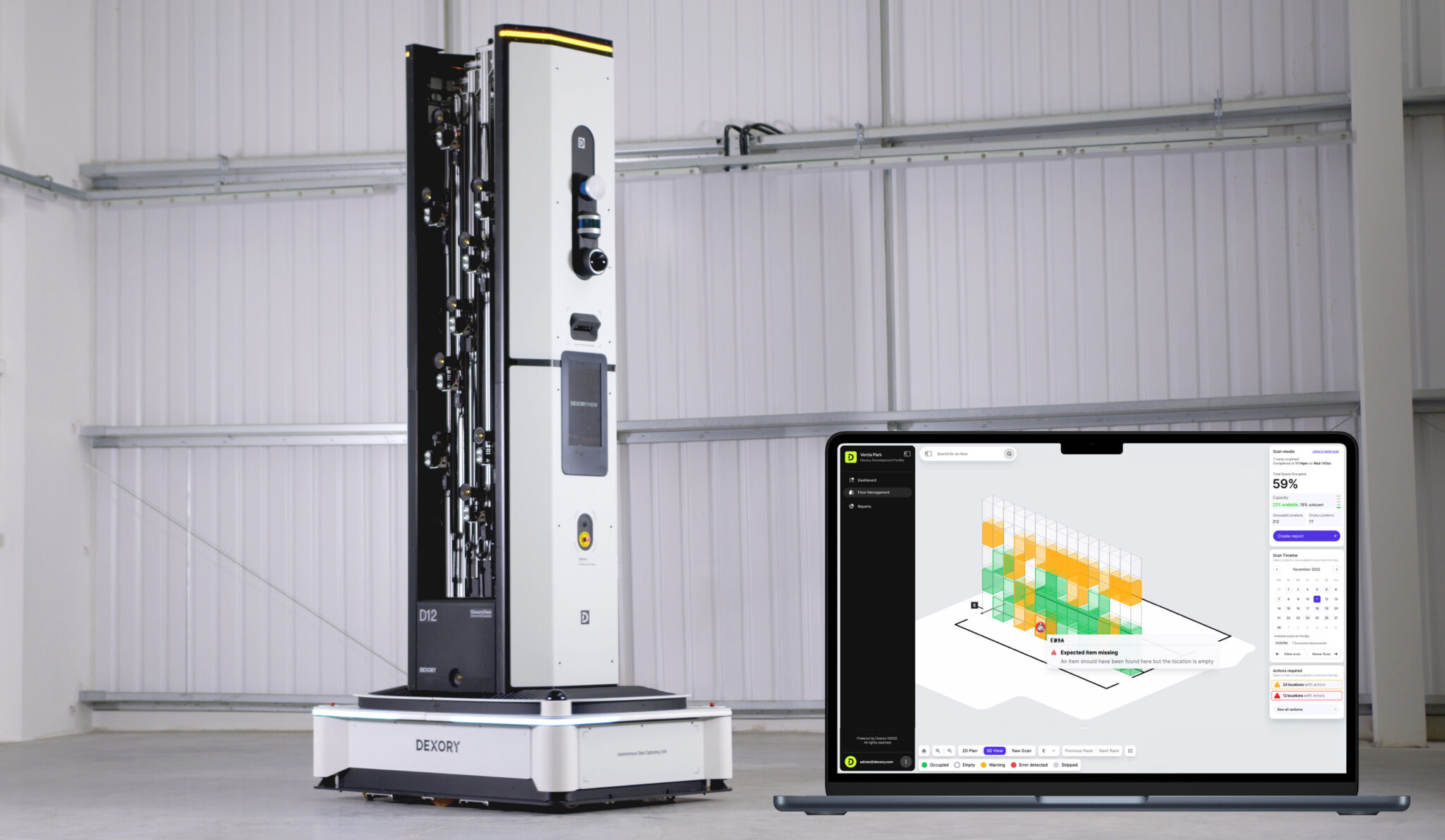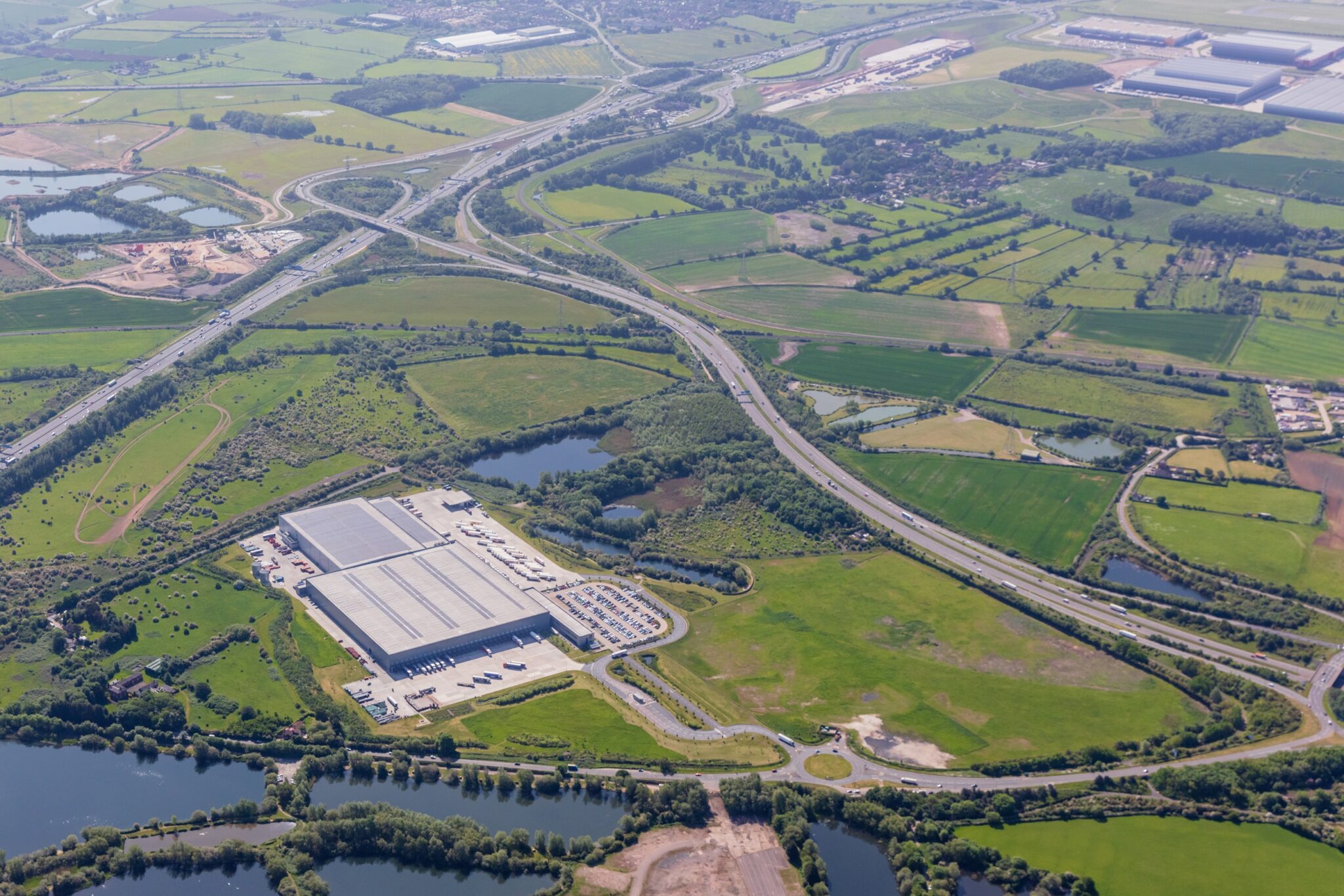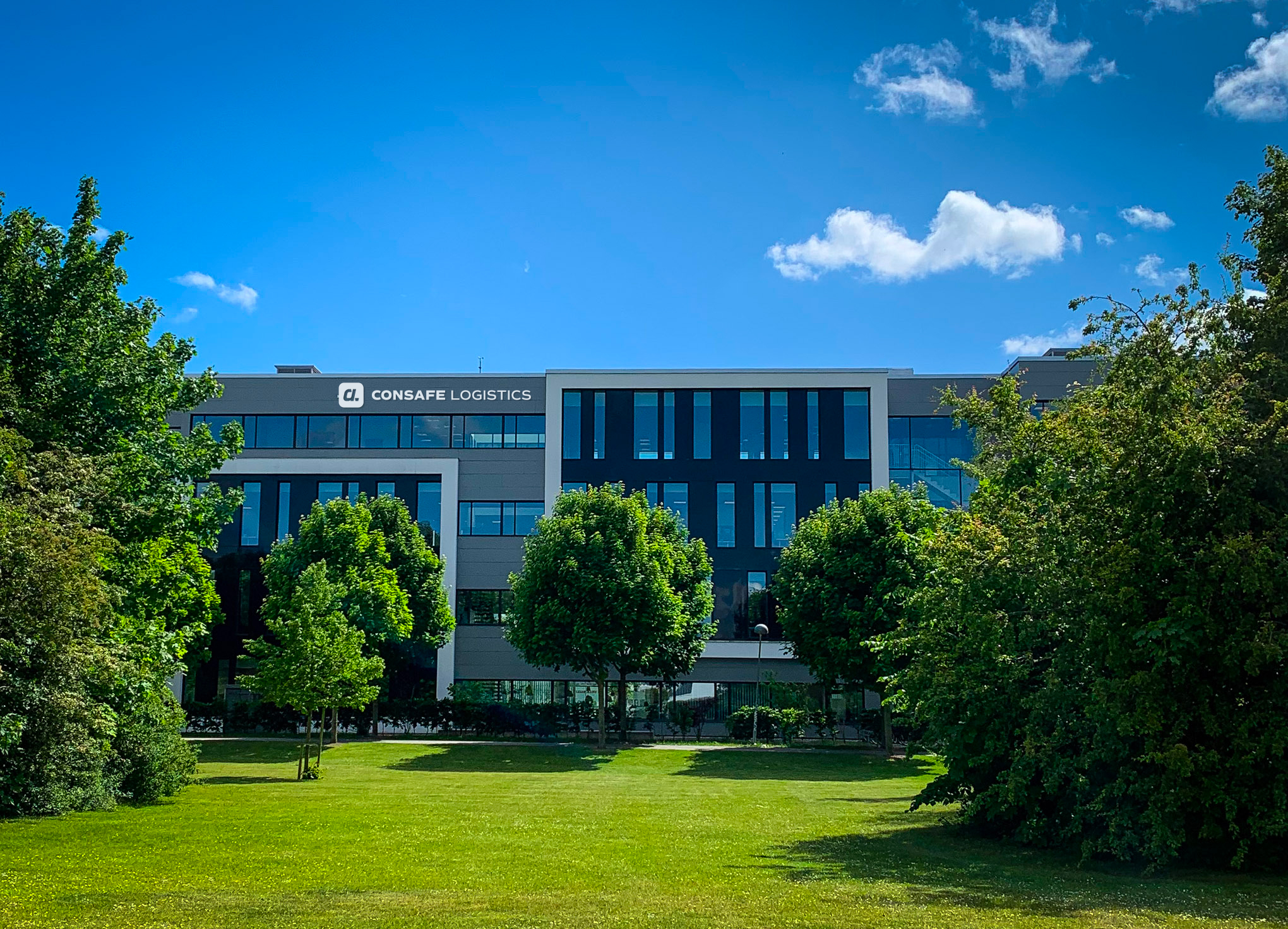GHD, a global professional services company, in collaboration with Costain, an infrastructure solutions company, has successfully delivered a transformative approach to border processes post-Brexit through the Cabinet Office’s Port Infrastructure Fund (PIF) project. This holistic assessment has helped transform the UK’s border trade approach and improved international supply chain security.
In response to the UK’s post-Brexit trade needs, the PIF was established to provide infrastructure funding to 40 ports of entry, aimed at curbing criminal activity and enhancing biosecurity. To facilitate the successful delivery of the PIF, GHD and Costain were appointed by the Cabinet Office to address challenges and ensure the PIF helps achieve the Border 2025 strategy initiatives while balancing infrastructure spending, policy development, and cross-departmental collaboration.
Harnessing their joint expertise across supply chain, logistics, port operation, trade facilitation, and data analytics, the partnership formed by GHD and Costain marked a pivotal shift in approach and bolstered the government’s capabilities. With an approach centered on cross-Whitehall collaboration and transforming data into intelligence to improve understanding of trade movements. The project team provided previously unavailable evidence and intelligence by integrating data from government sources, third parties, and innovative new solutions such as movement data from Mobile Network Data.
The work delivered by GHD and Costain was central to the successful delivery of the £200 million (PIF) on time and within budget, streamlining processes, and directly delivering savings of over £300 million in other government infrastructure spending. Additionally, the initiative reduced potential annual costs to the supply chain industry by £1 billion through advice and refined policies to minimise border friction.
To complement the ongoing knowledge transfer and ensure a legacy of built knowledge, the partnership also devised a comprehensive Borders Curriculum covering various border management topics to upskill Cabinet Office personnel, facilitating a 60% increase in the level of understanding. Recognised for its role in delivering innovative solutions that drove positive impact and advancements in this project, GHD was shortlisted in the Change and Transformation in the Public Sector category for the 2024 Management Consultancies Association (MCA) Awards.
Matt East, Sub Sector Lead, GHD, said:
“Working on this groundbreaking project required a high level of expertise from the GHD and Costain team and a close relationship with the Cabinet Office. Our team successfully addressed these challenges with a collaboration-oriented approach, leveraging our knowledge in infrastructure spending, policy development, and cross-departmental collaboration. This project not only fortified the Cabinet Office’s internal capabilities but also delivered the infrastructure within the context of policy updates, a feat seldom accomplished. We believe this project demonstrates our commitment to driving innovative initiatives and setting new standards for enhancing government operations. Looking ahead, we are eager to leverage the experience and learnings gained from this project to deliver meaningful advancements to similar initiatives.”
Alex Brooks, Executive Advisor, GHD said:
“It was a real privilege to work on this highly influential project. By bringing together the teams’ deep-domain knowledge and data modelling and analytics capability, we were able to provide previously unavailable data-driven intelligence to contextualise, shape and improve processes and policies that will result in a real benefit to the national economy, biosecurity and supply chain, but most critically to ensure continual benefit to people across UK communities on a day-to-day basis.”
Phil Wilson, Deputy Director, Cabinet Office said:“The team have aided Cabinet Office to transform the UK border and develop our Borders Group team by providing critical insight, domain expertise and technical capability to support the delivery of major border policy across government. Knowledge transfer has been a key part of this, and our team continues to benefit.
“We have established a truly collaborative relationship, integrated our teams, and established an environment of healthy challenge and trust to facilitate delivery. Together we have established millions of pounds in savings of taxpayer money, de-risked high-profile areas to government and navigated huge data-availability challenges to deliver high value intelligence to support decision making up to ministerial level. I am proud of these achievements and the work we have done.”
Tim DeBarro, Strategic Director, Transportation at Costain, commented:
“This has been a transformative project that continues our excellent track-record of identifying the most effective and innovative ways to deliver infrastructure solutions for our customers. This has been achieved through excellent collaboration, a laser focus on value-for-money, and a deep knowledge of the GB-EU border infrastructure and trade routes. Our efforts have led to significant efficiency in the delivery of the UK’s critical national border infrastructure, achieved within the policy framework and, crucially substantial savings for the taxpayer.”
similar news
Contract to Provide UK Border Force with Transport and Warehousing
















